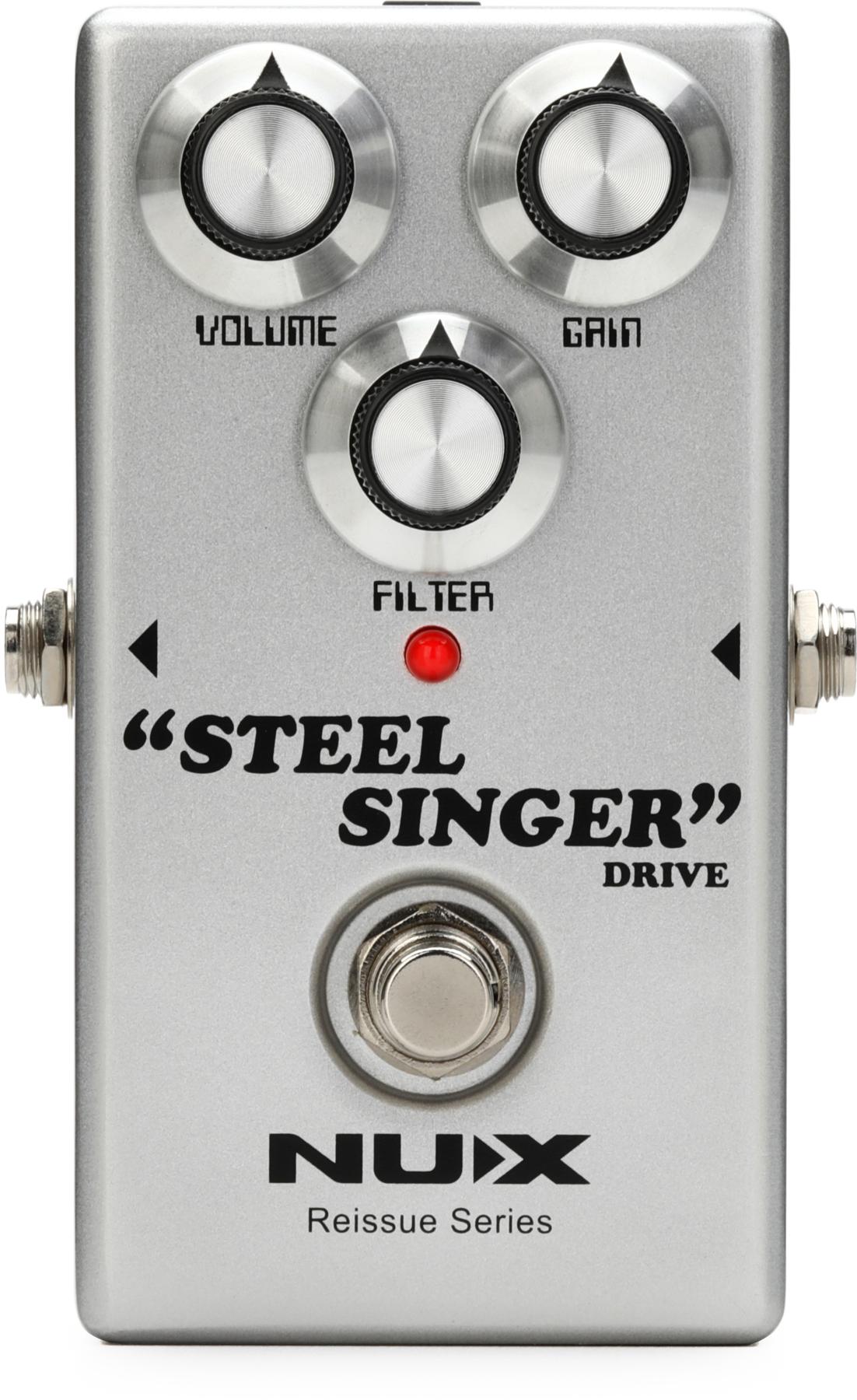The 12-bar blues form is very familiar to musicians.
That familiarity makes it a very friendly
place to practice chords and melodies. The
more chord forms you have ready with your
fingers, the more interesting and creative
you can get with your comping. Pare down
some of those great big five- or six-string
forms and you’re left with a great starting
place for adding tensions. The first chorus of
our blues example below uses three-string
chords exclusively. From there, you can start
thinking about and listening for melodic lines
and opportunities. The remaining choruses
use chords with added tensions; the highest
note of each chord is shown as a melody. Try
playing that as a separate line to hear how
effective that can be even on its own, especially
once it builds in the later choruses.
As for the chords themselves, you’ll notice
that some of them have been reused in different
places in the form. The trick here is
to keep chords with natural tensions natural
(best if not resolving to their I chord), and
keep chords with altered tensions altered
(best if resolving to their I chord). So in our
example, G7(13) can also be played as G9,
while G7(b13) can also be played as G7(b9).
It is this sort of choice making that can
point the way to melody awareness. That is
the fertile ground from which chord solos
begin to sprout.
You will have successfully recycled this
material when it starts turning up in your
playing naturally, whether it’s in a blues
or a standard 32-bar form, a ballad, or a
burning Latin rocker.
Jane Miller
Jane Miller is a guitarist, composer, and arranger with roots in both jazz and folk. In addition to leading her own jazz instrumental quartet, she is in a working chamber jazz trio with saxophonist Cercie Miller and bassist David Clark. The Jane Miller Group has released three CDs on Jane’s label, Pink Bubble Records. Jane joined the Guitar Department faculty at Berklee College of Music in 1994.
janemillergroup.com














![Rig Rundown: Russian Circles’ Mike Sullivan [2025]](https://www.premierguitar.com/media-library/youtube.jpg?id=62303631&width=1245&height=700&quality=70&coordinates=0%2C0%2C0%2C0)














